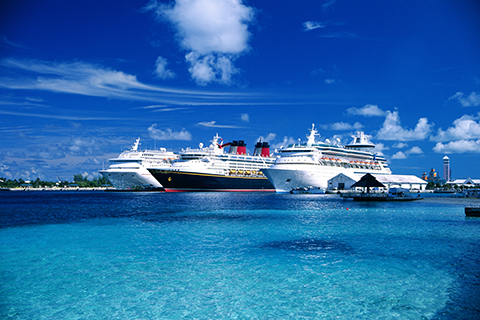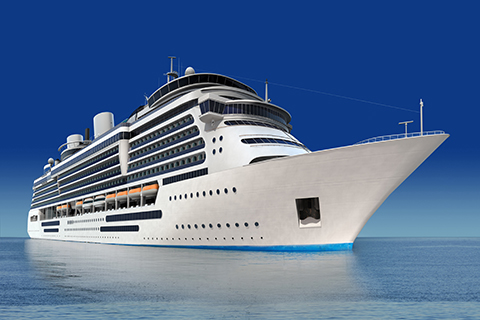Icon of the Seas has sailed from Miami to the Caribbean, but what environmental impact does it leave behind?
On January 27 of this year, Lionel Messi, along with the Inter Miami players, inaugurated the world’s largest cruise ship by smashing a bottle against its side. With a length of 365 meters, this giant has 40 bars and restaurants, 20 decks, and seven pools, being able to accommodate 7,600 people. However, the environmental cost of this cruise is significant.
Weighing 250,800 tons, this monster requires an enormous amount of energy to carry out its daily runs. Initially, it was planned that the cruise would use renewable batteries to make the voyage more sustainable, but in the end, it was not possible to implement this initiative due to the lack of adequate port infrastructure for recharging.
The alternative was to use liquefied natural gas, a fuel with 25% lower carbon dioxide emissions. However, the cruise ship’s engines allow methane, a greenhouse gas that has a warming potential eighty times greater than carbon dioxide, to escape. Methane is even the second largest contributor to global warming.
Cruise ships generate high levels of pollution
Cruise ships generate high levels of pollution. In 2022, cruise ships docked in European ports emitted the same amount of sulfur oxide as one billion cars. These data are for one continent only.
According to the environmental organization Friends of Earth, traveling on a cruise ship pollutes eight times more than traveling by plane or staying in a hotel. These environmental concerns have led cities such as Barcelona, Amsterdam, and Venice to restrict or prohibit the establishment of cruise ships in their ports. The use of cruise ships of this magnitude has generated debate about sustainability in travel and wasteful consumerism, as they increase pollution on an unprecedented scale.

According to Véronique Bussières, director of biocultural conservation at CPAWS Quebec, cruise ships will never be considered a sustainable tourism option, as she mentioned in an interview with Radio-Canada. To embark on a cruise, you need to spend large amounts of fuel. In addition, to reach the place of departure, it is necessary to take a plane. All this adds up to a high ecological impact. Bussières adds: “At a time when we need to accelerate the transition away from fossil fuels, we are wasting time by switching from very dirty fossil energy to climate-damaging fossil energy.”
Bussières also points out that, beyond the cruise ships, the responsibility lies with the tourists, who cannot be trusted to take care of the environment. The responsibility lies in not making the trip in the first place. It would be best to plan a different kind of vacation with the well-being of the planet in mind.
Continue your professional training
As we get deeper into the debate regarding cruise ships and their environmental impact, the need for experts in environmental management and auditing becomes evident. At the Universidad Internacional Iberoamericana (International Iberoamerican University, UNIB), we recognize the imperative need to address these concerns, which is why we offer the Master in Environmental Management and Audits, a program designed to equip students with the skills and knowledge to generate a lasting impact on environmental sustainability.
Faced with the pressing challenge of achieving sustainable change, the question arises: what steps will you take to shape a greener future? Discover how our Master in Environmental Management and Audits can help you develop your full potential and create positive change, training you to be a part of building a sustainable, responsible, and dynamic world for tomorrow.
Source: Surgen dudas con el crucero más grande del mundo por su emisión de metano: ¿Es seguro para el medio ambiente?
Icon of the Seas: el crucero más grande del mundo realiza su primer viaje

